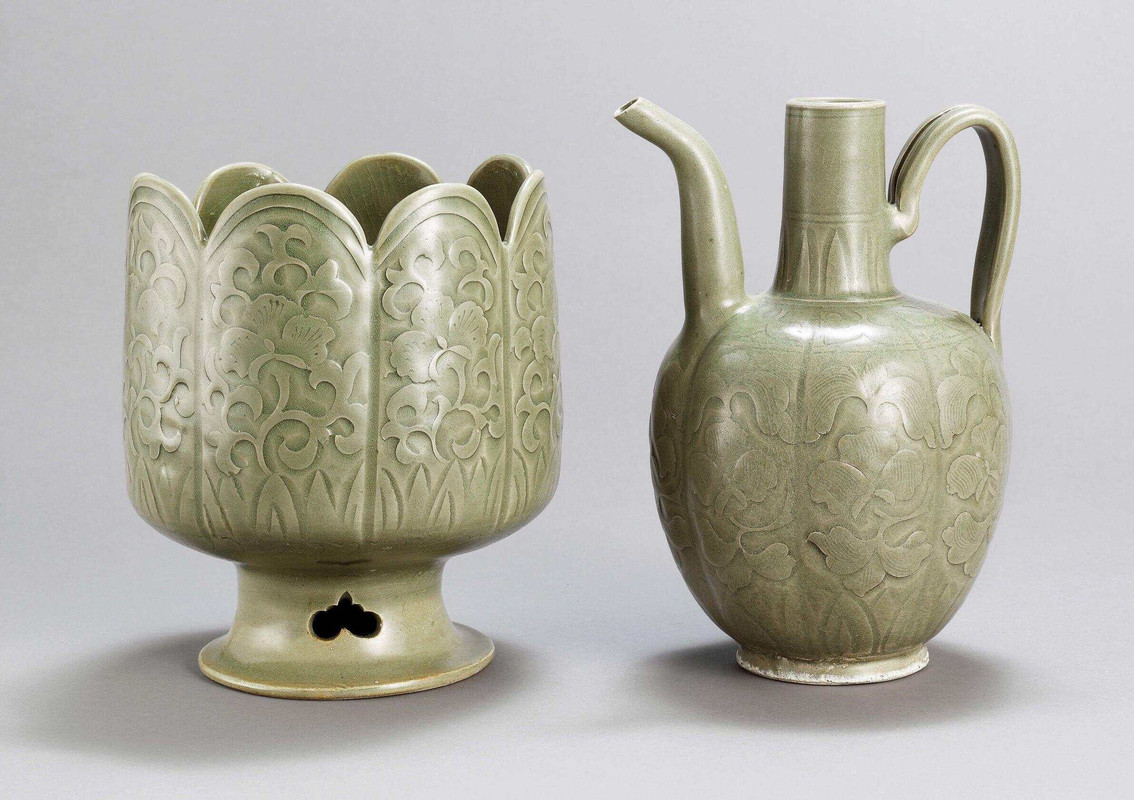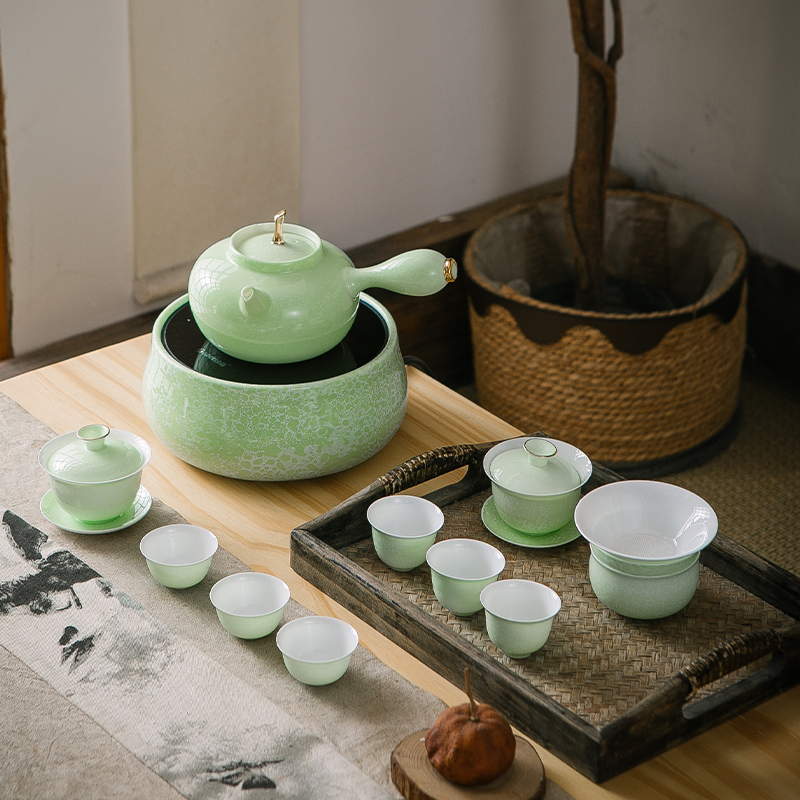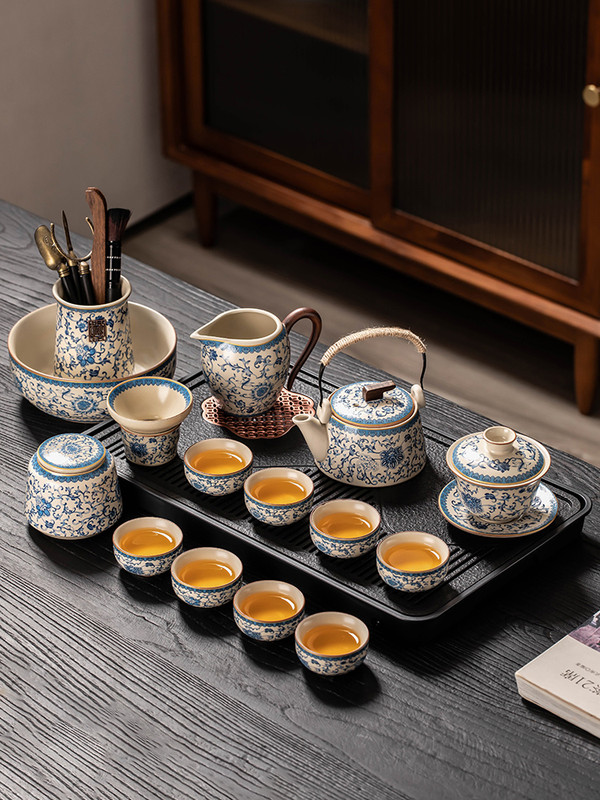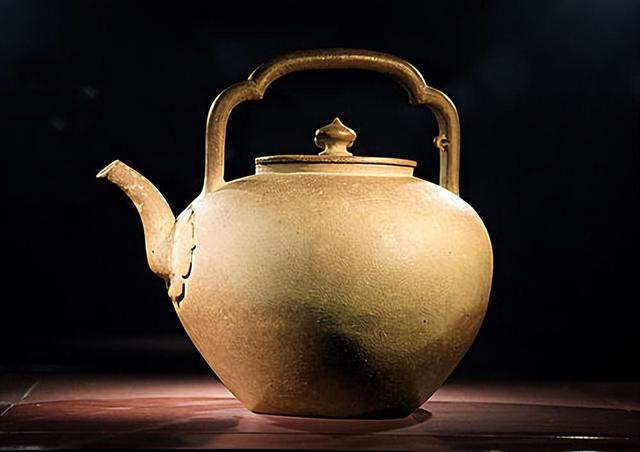The Song Dynasty (960–1279 CE) marked a revolutionary era in the history of tea utensils, transitioning from the Tang Dynasty’s ceremonial formalism to a refined aesthetic focused on minimalism, functionality, and philosophical depth. This period saw tea evolve from a Buddhist monastic practice and imperial ritual into a cultural phenomenon embraced by scholars, merchants, and artisans alike. Song tea utensils, characterized by their understated elegance and technical sophistication, became emblematic of the era’s intellectual and artistic achievements.

1. The Rise of Whipped Tea and Specialized Tools
The Song Dynasty popularized whipped tea (diancha), a frothy beverage prepared by whisking powdered tea with hot water in a bowl. This method, documented in Emperor Huizong’s Treatise on Tea (1107 CE), demanded specialized utensils:
- Tea Mill (Shi Mo): Crafted from iron or stone, this conical mill ground tea leaves into a fine powder, with the finest grains reserved for imperial use.
- Tea Sieve (Cha Luo): A bamboo or silk-mesh sieve ensured uniform particle size, critical for achieving the desired “white as snow” foam.
- Bamboo Whisk (Cha Xian): Hand-carved from split bamboo, the whisk’s 12–16 prongs determined foam texture, with thinner prongs favored by connoisseurs.
The black-glazed Jian ware bowl emerged as the quintessential vessel for whipped tea. Its thick, dark glaze highlighted the foam’s whiteness, while its sturdy form suited vigorous whisking. Emperors like Huizong prized these bowls, which were fired in wood-fueled kilns at temperatures exceeding 1,300°C, creating unique “hare’s fur” or “oil-spot” patterns.
2. Ceramic Innovation: The “Five Great Kilns”
Song artisans perfected ceramic technology, with the “Five Great Kilns” producing utensils that became collectors’ items:
- Ru Ware: Known for its “jade-like” sky-blue glaze and minimalist forms, Ru ware tea bowls were so rare that only 79 complete examples survive today.
- Guan Ware: Imperial kilns produced Guan ware with “crackled” glazes, their fissures filled with ink to resemble ancient bronze.
- Ge Ware: Characterized by its “golden thread” cracks, Ge ware tea sets symbolized resilience through fragmentation.
- Jun Ware: Lustrous purple or copper-red glazes, achieved through controlled copper oxidation, made Jun ware bowls prized for their unpredictable beauty.
- Ding Ware: Translucent white porcelain from Quyang, often inscribed with poetry or floral motifs, became the standard for scholarly tea sets.
These kilns transformed tea utensils into art objects, with shapes like the lotus-petal bowl and melon-shaped ewer reflecting Song Dynasty’s love for naturalism.
3. Silver and Lacquer: Imperial and Scholarly Elegance
While ceramics dominated, silver and lacquerware catered to elite tastes:
- Silver Tea Caddies: Embossed with peony or chrysanthemum motifs, these containers kept tea powder dry and were often inscribed with ownership marks.
- Lacquer Tea Trays: Carved with landscapes or calligraphy, trays like the “Three Friends of Winter” (pine, bamboo, plum) set symbolized virtue.
- Jade Tea Scoops: Carved from nephrite or agate, these scoops were status symbols, with some inscribed with Daoist incantations for longevity.
4. Tea Competitions and the Cult of Utensils
The Song Dynasty’s tea culture reached its zenith in tea competitions (dou cha), where participants evaluated foam quality, color, and taste. Judges used utensils like the “black-stone” spoon to taste tea without leaving fingerprints, while “jade-handled” whisks became trophies for winners.
These competitions spurred innovation, with artisans experimenting with glazes to enhance foam durability. The “oil-spot” Jian bowl, for instance, was prized for its ability to maintain froth longer than other ceramics.
5. Philosophical Underpinnings: Zen and Neo-Confucianism
Song tea utensils embodied philosophical ideals:
- Zen Buddhism: The “dry-landscape” tea bowl, inspired by monastic simplicity, mirrored Zen’s rejection of excess.
- Neo-Confucianism: The “unadorned” Ding ware bowl, with its clean lines and muted tones, reflected the pursuit of moral purity.
- Daoism: The “cloud-crack” Guan ware glaze, resembling mist over mountains, symbolized harmony with nature.
6. Legacy: From Song Courts to Global Influence
Song tea utensils profoundly influenced neighboring cultures:
- Japan: Zen monks brought back Jian ware bowls, which became the “tenmoku” bowls of Japanese tea ceremonies.
- Korea: Goryeo Dynasty potters replicated Ru ware’s celadon glazes, creating “cheongja” tea sets.
- Middle East: Marco Polo noted Song ceramic techniques in his travels, inspiring Persian “lusterware” tea bowls.
Conclusion: A Civilization Brewed in Clay and Ink
Song Dynasty tea utensils represent the apex of Chinese ceramic artistry and philosophical refinement. By merging technical mastery with cultural symbolism, they transformed a daily ritual into a medium for exploring cosmic order, moral virtue, and aesthetic perfection. Today, these utensils—whether a cracked Guan ware bowl or a silver whisk—remain timeless expressions of an era where tea was not merely drunk, but contemplated. As the Song poet Lin Bu wrote, “The spring of tea lies in the bowl; the moon of enlightenment, in the heart”—a sentiment brewed in the crucible of Song innovation.



